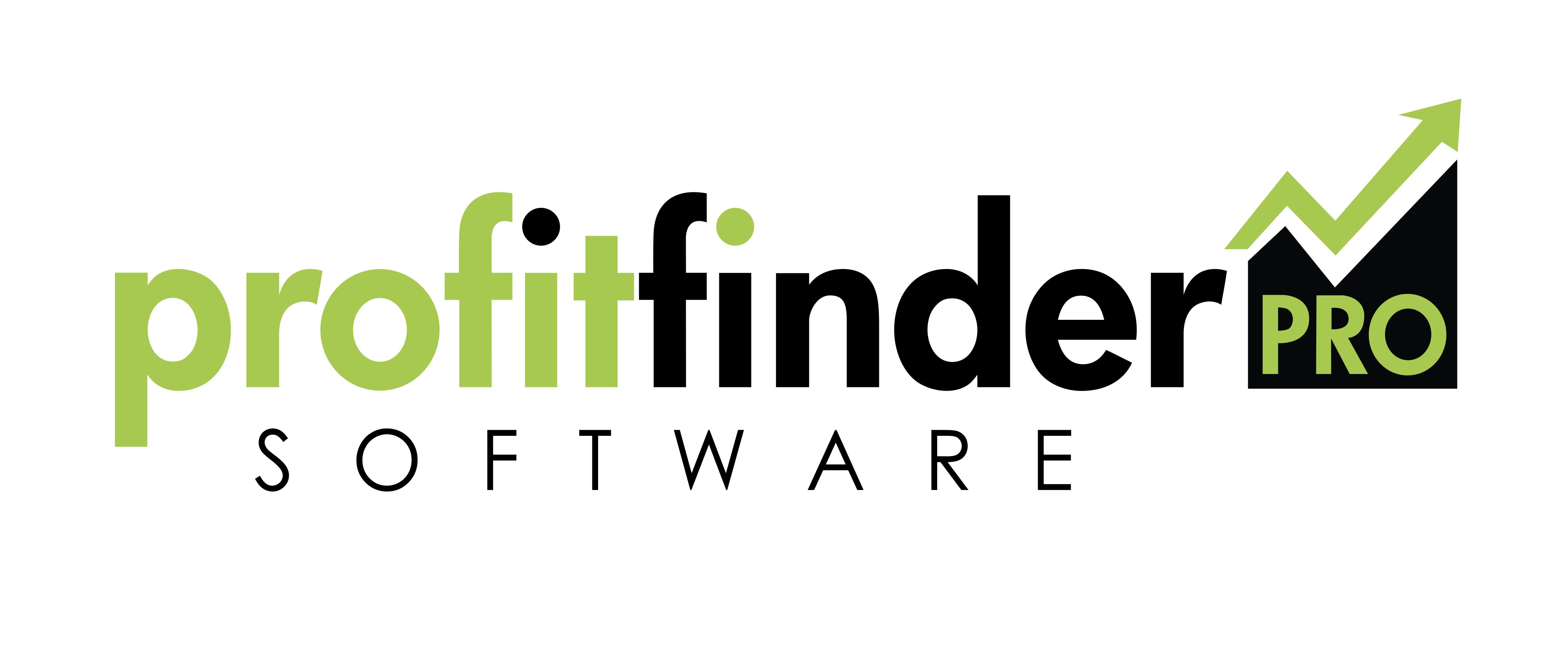‘What is a good closing ratio?’ is one of the most common search questions that brings people to our website every day.
 The fact of the matter is, though, that there is not one, simple answer. Good or acceptable closing ratios vary from industry to industry, and company to company. Within an industry there are overall norms and averages, but those can fluctuate depending on geographical location and the demographics of buyers. Within a company or business, there are different definitions of what makes a viable lead, and that also determines what is a good closing ratio for you and your company.
The fact of the matter is, though, that there is not one, simple answer. Good or acceptable closing ratios vary from industry to industry, and company to company. Within an industry there are overall norms and averages, but those can fluctuate depending on geographical location and the demographics of buyers. Within a company or business, there are different definitions of what makes a viable lead, and that also determines what is a good closing ratio for you and your company.
The best way to find out is to start tracking your leads and closes, and then compare them to salespeople within the same company. How are the ones closest to you doing? Then look at others in the same industry in your local area. Then look at regional and national averages. Google “what is the average closing ratio in (name the industry)”. That will give you a starting point.
Closing ratios for different types of leads will vary, too. For example, a lead that was referred to you by a previous customer has a much higher chance of closing than someone who got a cold call from some random list. A previous customer is more likely to close than a brand new customer that has never had a relationship with you before. A lead from a well-respected and liked radio personality that has given a true testimonial based on his experiences with you will close much better than a random radio ad.
To illustrate this, in the home improvement business in Arizona today, bath remodel sales to previous customers should close at a rate of 70-80%. Bath remodel sales to leads from radio ads may close at a rate of 30%.
Closing Ratios for warm leads will be much better than closing ratios for cold leads.
The services you offer can have different closing ratios, too. If you offer more than one type of product or service, a necessity will probably close higher than a want. Needs vs. Wants.
The closing ratio will depend on the cost of the service will vary, too. Is this something that can be a real quick sale and doesn’t take a lot of consideration and conversation because of the cost? Are we talking a few dollars, or many thousands of dollars?
There really are a lot of variables that go into a close ratio, but it really is not complicated. The best way to figure out a good closing ratio is to just start tracking. Track within your own office, and if your sales cycle is real short, you can start seeing results rather quickly. After a couple weeks, check to see where you are in comparison with the others in your office. Now take that a little further; where are you compared to others in your local area? Region? National?
Keep in mind that closing ratios are NOT the measure of success in sales.
They are helpful and necessary, but certainly are not the measure of whether or not a person is selling well.
The real measure of success in sales is what does it cost the company for you to make a sale compared to the dollar volume of sales you are bringing in?
What is the Acquisition Cost of Sales versus the Cost of the Sale? In other words, what is it costing the company for you to get a sale and the cost of providing the service compared to the revenue you are bringing in? Is that percentage in line with what the company has budgeted for marketing? If so, you’re doing well. If not, you’re not.
Therein lies your profitability.
If you are in business to make money, you are more interested in profitability than closing ratios. Guaranteed. First make sure you are profitable, and then you can concentrate on increasing closing ratios. Then you’re really screaming profits!
READ MORE about tracking sales profitability.
